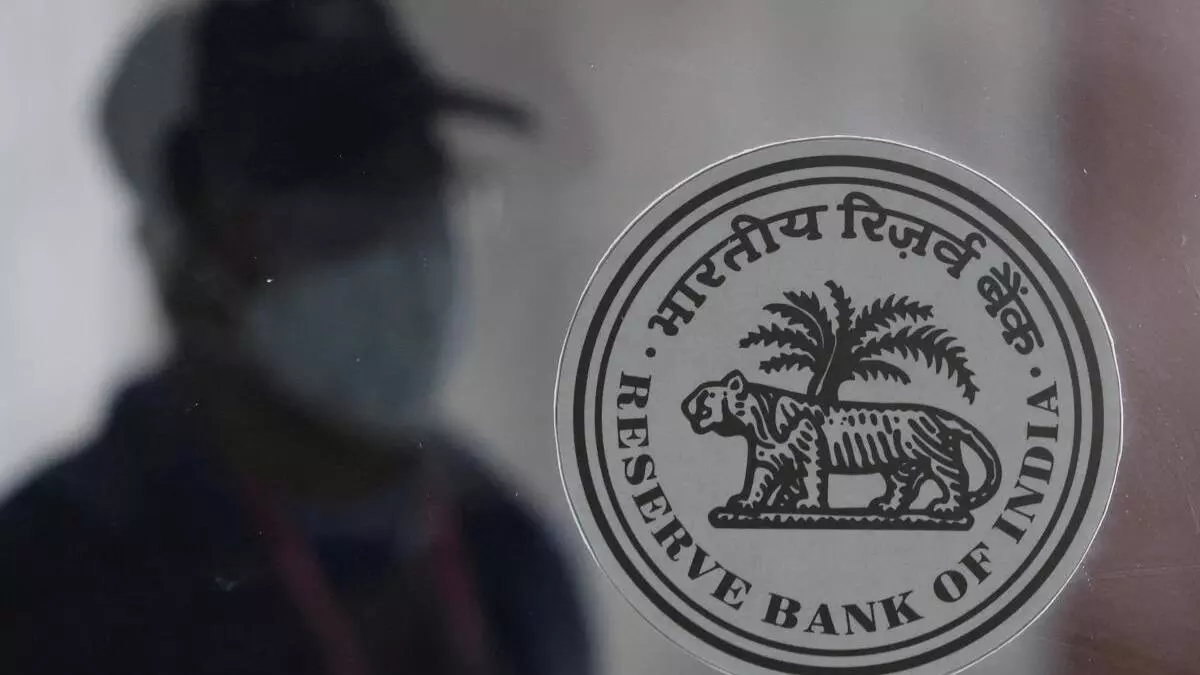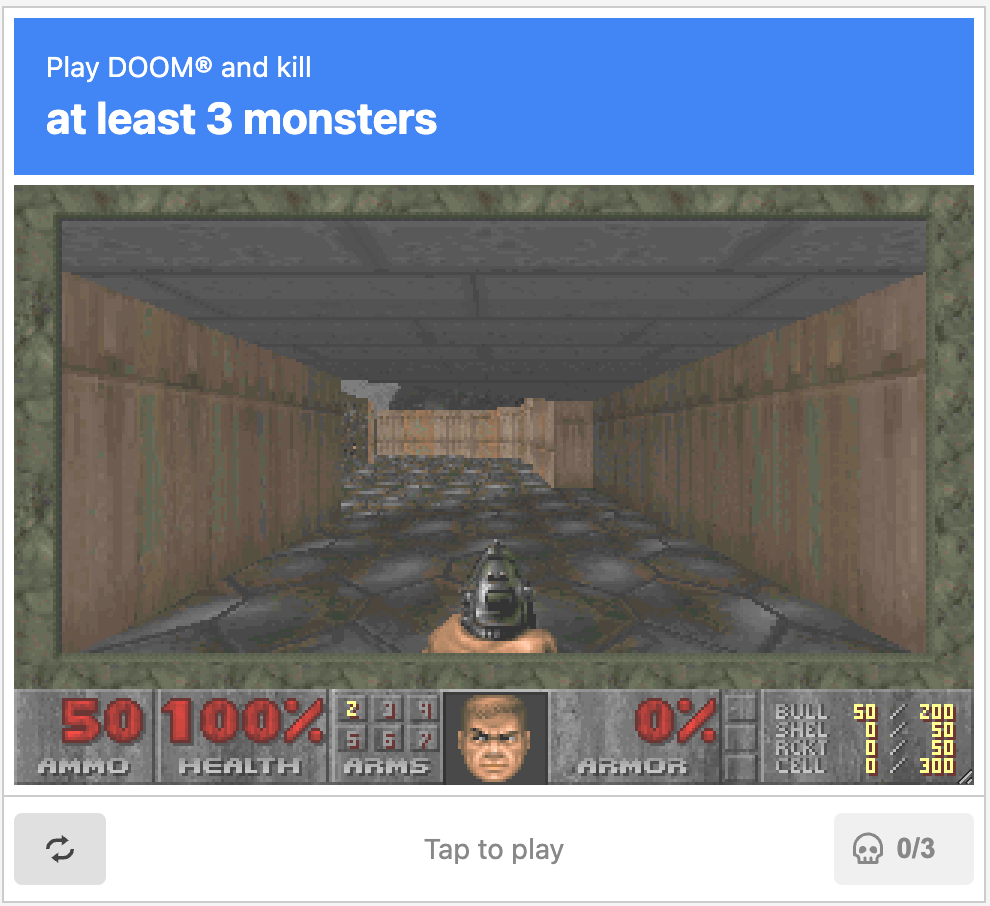The cup and handle pattern is a widely recognized chart pattern in technical analysis, characterized by its distinctive shape that signals bullish continuation. This pattern is crucial for traders as it indicates the potential for further upward movement in the asset’s price.
Recognizing this pattern enables traders to capitalize on bullish momentum, positioning themselves strategically for the next leg up.
Key Takeaways
- Bullish Continuation Signal: The Cup and Handle pattern is a widely recognized chart formation that signals potential bullish continuation, making it a valuable tool for traders looking to capitalize on upward momentum.
- Distinctive Structure: This pattern is characterized by a rounded “U” shape (the cup) followed by a smaller, downward-sloping handle. This structure reflects market psychology, where the cup represents a period of accumulation and the handle signifies short-term profit-taking before a bullish breakout.
- Market Sentiment Insight: The Cup and Handle pattern provides insights into market sentiment, with a well-formed pattern suggesting strong support and a higher likelihood of a successful breakout. Volume analysis is crucial, as increased volume during the breakout confirms the bullish trend.
- Strategic Trading Approach: Traders can use this pattern to identify entry points, manage risk with stop-loss settings, and set profit targets based on the pattern’s structure. Incorporating additional technical indicators, such as moving averages, RSI, and MACD, can enhance the accuracy of these strategies.
- Potential Drawbacks: While effective, the Cup and Handle pattern can be subjective and prone to false signals, especially for less experienced traders. It is also time-consuming to identify and may require a significant amount of historical data analysis. Proper risk management is essential to mitigate these challenges.
What is the Cup and Handle Pattern?

The Cup and Handle pattern is a widely recognized technical chart pattern that signals a potential bullish breakout in an asset’s price. First popularized by William J. O’Neil in 1988, this pattern is characterized by a distinctive “U” shape followed by a smaller, downward-sloping handle, resembling a cup with a handle.
Although William J. O’Neil popularized the Cup and Handle pattern in his book “How to Make Money in Stocks,” the concept existed well before he brought it into mainstream use.
The pattern begins with a downward movement in the asset’s price, followed by a gradual, rounded bottom that forms the “cup.” This decline is typically followed by a recovery where the price returns to levels near the initial drop.
After forming the cup, the price action then moves sideways or slightly downward, creating the “handle” part of the pattern. This handle often represents a brief period of consolidation before the price breaks out in an upward direction.
Structure and Market Psychology
Key Characteristics
The cup and handle pattern begins with a cup formation, a rounded U-shape that reflects a period of consolidation after a price decline. This cup typically has equal highs on both sides, forming resistance.
After the cup forms, the handle follows, representing a short period of consolidation with a downward or sideways slope. This handle generally does not drop below the midpoint of the cup’s height.

Market Psychology
The pattern’s shape reflects distinct phases of market sentiment. The cup mirrors a period of accumulation, where buyers gradually return after a decline, creating a rounded bottom. As the price approaches the cup’s resistance level, early sellers emerge, forming the handle through short-term profit-taking.
The pattern signals bullish sentiment when the price breaks out from the handle, as buyers regain control and push the price to new highs.
Identifying the Cup and Handle Pattern
To identify the cup and handle pattern, traders should focus on its defining features and evaluate the duration to gauge the pattern’s reliability. The pattern begins with a rounded U-shaped cup that shows gradual recovery after a downtrend, signifying consolidation.
Follow these steps to identify the cup and handle pattern:
- Spot the Cup Shape: Look for a gradual, rounded U-shape that represents a consolidation phase and gradual increase before reaching resistance at the previous high.
- Identify the Handle: After the cup, find a smaller consolidation that usually slopes downward and does not exceed half the height of the cup.
- Analyze Duration: Ensure the pattern spans several weeks to months; shorter durations can signal weaker patterns prone to false breakouts.
These features are often found in bullish stocks recovering from pullbacks, cryptocurrency markets rebounding from corrections, or commodities bouncing back from dips. Recognizing these patterns can help traders anticipate market shifts and adjust their strategies accordingly.
What Does the Cup and Handle Pattern Tell Us?
The Cup and Handle pattern is a useful tool in technical analysis that hints at bullish market behavior. When you spot this pattern on a chart, it’s a sign that after a period of consolidation, the price is likely to continue climbing. It starts with a price dip that forms a rounded bottom, known as the “cup.”
As the price climbs back up toward its previous high, it often hits some selling pressure from traders who bought in earlier. This causes the price to drift down slightly, creating the “handle.”
The handle is an important part of the pattern and usually lasts anywhere from a few days to several weeks. During this time, the price consolidates, which often shakes out weaker traders before the price finally breaks out above the handle’s resistance level. When this breakout happens, it’s a strong bullish signal, suggesting the price is likely to keep moving up.
This pattern also gives insights into market sentiment and the strength of the trend. A well-formed Cup and Handle pattern, with a nicely rounded cup and a shallow handle, usually means there’s strong support behind the price and a good chance of a successful breakout.
Volume is another key factor—if volume is lower during the cup’s formation and picks up as the price breaks out above the handle, it’s a solid indicator that the bullish trend is legit.
In short, the Cup and Handle pattern is a visual clue that a stock might be gearing up for another upward move after a period of sideways action. It’s a pattern traders often look for as a potential buying opportunity, especially when the structure is solid and the volume supports the move.
Strategic Trading Approaches
Entry Points
A breakout entry strategy involves entering a position after the price breaks out above the handle with significant volume. This approach leverages the upward momentum to capture the price movement as the asset surpasses its previous highs. For traders seeking to anticipate the breakout, analyzing volume trends and momentum indicators can offer early signals of increasing buying pressure, allowing them to enter positions before the breakout.
Stop-Loss Settings
To protect against false breakouts, traders should set stop-losses below the lowest point of the handle. This ensures minimal loss if the price retraces below the handle, invalidating the pattern.
Profit Targets
Profit targets can be calculated by measuring the height of the cup, from the lowest point to the resistance level, and projecting this distance upwards from the breakout point. This projection provides a realistic target based on the pattern’s size, helping traders set expectations for the move.
These strategies provide a comprehensive approach to navigating the cup and handle pattern, enabling traders to capitalize on bullish breakouts effectively. Further sections will delve into complementary technical indicators and pattern comparisons, enhancing traders’ understanding of this chart formation.
Integrate Technical Indicators
Moving Averages
Incorporating technical indicators enhances the accuracy of trading strategies based on the cup and handle pattern. Moving averages (MAs) are a powerful tool for validating uptrends. When the price is above both the 50-day and 200-day moving averages, it supports the bullish nature of the pattern, reinforcing the probability of an upward breakout.
RSI
The Relative Strength Index (RSI) plays a crucial role in identifying overbought or oversold conditions that can predict breakouts or reversals. If the RSI is near 30 while the cup is forming, it indicates that the asset might be oversold, suggesting a potential upward reversal. Conversely, an RSI approaching 70 during the handle phase could hint at an overbought condition, signaling caution.
Learn More About RSI Divergence
MACD
MACD (Moving Average Convergence Divergence) is invaluable for tracking momentum shifts and crossovers. A bullish crossover, where the MACD line rises above the signal line, aligns well with a breakout from the handle, indicating increasing momentum.
Volume
Volume analysis is also essential, as increased volume during the breakout strengthens the pattern’s signal. If volume spikes during the handle breakout, it reflects strong market interest, confirming the pattern’s validity and enhancing the breakout’s credibility.
Pros & Cons of The Cup and Handle Pattern
Pros of the Cup and Handle Pattern
- Easy Identification: One of the biggest advantages of the Cup and Handle pattern is that it’s relatively easy to spot on charts, even for traders with varying levels of experience. Its distinctive shape makes it a popular choice for quickly identifying potential bullish trends on weekly or monthly charts.
- Risk Management: The pattern provides clear entry points, which helps traders manage risk effectively. By identifying a breakout above the resistance level, traders can place trades with defined stop-loss levels, reducing the likelihood of unnecessary losses.
- Long-Term Trend: The Cup and Handle pattern typically forms over an extended period, ranging from several weeks to months. This long formation time indicates a more stable, long-term trend, making it useful for traders looking for prolonged trading opportunities.
- Volume Confirmation: The Cup formation is often accompanied by significant changes in trading volume, offering additional confirmation of the pattern’s validity. This increased volume suggests growing interest from traders, which can signal a stronger potential for a bullish move.
Cons of the Cup and Handle Pattern
- Subjective Interpretation: The pattern’s identification can be subjective, leading to different interpretations among traders. This subjectivity can result in inconsistent results and confusion, as what one trader sees as a valid pattern, another might not.
- False Signals: The Cup and Handle pattern can sometimes generate false signals, causing traders to enter trades that don’t pan out as expected. The pattern’s subjectivity contributes to this issue, as differing interpretations can lead to misjudged entries.
- Experience Required: While the pattern is generally easy to spot, more complex variations require experience to identify accurately. Inexperienced traders might struggle to distinguish between a valid Cup and Handle pattern and other similar formations, leading to potential errors.
- Time-Consuming: Identifying a Cup and Handle pattern can be time-consuming, as it requires analyzing historical price data and charts. The pattern itself also takes a significant amount of time to form, often several weeks or months, which can be challenging for traders looking to act in real-time.
While the Cup and Handle pattern is a valuable tool for spotting potential buying opportunities, it’s important to be aware of its limitations. Implementing proper risk management strategies, such as using stop-loss orders and volume indicators, can help mitigate some of the risks associated with this pattern.
More Chart Patterns You Should Know
Understanding other chart patterns similar to the cup and handle helps differentiate its unique characteristics and implications.
Double Bottom Pattern
The double bottom pattern, resembling a W shape, has two roughly equal lows that suggest a bullish reversal. While the double bottom and cup and handle share bullish implications, the latter includes a consolidation handle before the breakout, offering a more refined entry point.
Learn More About The Double Bottom
Inverted Cup and Handle
The inverted cup and handle is the bearish counterpart, indicating a downward continuation. Its structure mirrors the cup and handle but in reverse, with an inverted cup followed by a consolidation handle before a downward breakout.
Learn More About The Inverted Cup and Handle
Ascending Triangle
The ascending triangle pattern features a flat upper resistance line and an upward-sloping support line, creating a pattern that hints at a bullish breakout. Unlike the cup and handle, the ascending triangle does not have a rounded recovery, instead showing consistent buying pressure that drives the price toward the upper resistance.
Learn More About The Ascending Triangle
Study our guide to master trading chart patterns to improve your overall awareness and trading strategy.
Trading Tools to Improve Your Technical Analysis
Advanced trading tools like TradingView and TrendSpider streamline the identification and analysis of the cup and handle pattern.
TradingView
TradingView offers advanced charting tools that make spotting the pattern easier. Traders can draw trendlines to outline the cup and handle structure accurately, while its alerts system notifies traders when significant price levels are breached.
Learn More About TradingView
TrendSpider
TrendSpider’s automated pattern recognition feature simplifies the identification process, allowing traders to detect cup and handle patterns without manually analyzing charts. Its backtesting capabilities enable traders to refine their strategies based on historical data, and the multi-timeframe analysis offers comprehensive insights into the pattern’s formation and potential implications.
Learn More About TrendSpider
Final Thoughts on the Cup and Handle Chart Pattern
The Cup and Handle pattern is a go-to tool for traders looking to spot bullish signals on a price chart, especially in the stock market. This pattern is pretty straightforward to identify and can lead to some profitable trades when used correctly. The key is to recognize when the pattern forms, especially during the consolidation period, where the handle formation sets up a great entry price for a potential upward trend.
As the stock price starts to rise after the handle, it often signals a price increase, making it a solid pattern for setting your price target. But remember, the success of this pattern isn’t just about spotting it—it’s about using it alongside other technical analysis tools, like trading volume indicators, to confirm that the price moves are legit.
For those looking to sharpen their trading skills, mastering this type of chart pattern can be a game-changer. It’s reliable, especially when you consider your risk tolerance and use tools like TradingView or TrendSpider to help with identifying the pattern and setting target prices. While it may take some trading experience to get it right, once you do, the Cup and Handle can be a valuable addition to your strategy in financial markets.
Using tools like TradingView and TrendSpider further simplifies the identification and analysis process, allowing traders to execute well-informed trades efficiently.
Frequently Asked Questions
The cup and handle pattern is most reliable in bullish market conditions, as it generally signals a continuation of an uptrend. In markets without a clear trend, its signals might be less reliable.
The pattern usually forms over several weeks to months. Shorter durations may not provide reliable breakouts, as the pattern may be weaker.
Daily and weekly charts often provide the most reliable patterns. Shorter time frames may yield less accurate patterns due to market noise.








Leave a Comment